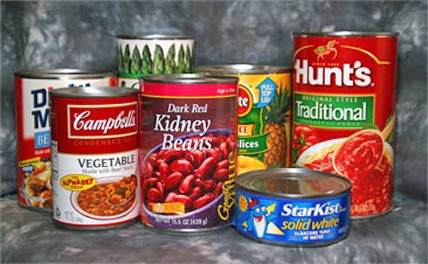The United States Department of Agriculture (USDA) has predicted substantial price increases for numerous food items in 2013, if not sooner, due to the devastating impact of the current drought on farms across the country.
According to its latest Food Price Outlook, the agency expects prices to go up substantially, especially for meat and poultry because of reduced inventory and higher feed expenses.
Average beef prices are already 6.9 percent above last year’s. Steaks cost 8.1 percent and ground beef 7.3 percent more than 12 months ago. The price of chicken is now 4.2 percent higher, and turkey is a whopping 8.3 percent more expensive. Consumers will also have to pay more for eggs and dairy products. Even fats and oils are becoming more costly due to surging corn and soybean prices.
There has already been some speculation whether the impending sticker shock will cause Americans to change their food preferences from a mostly meat-centered to a more plant-based diet.
Since prices for fresh fruit and vegetables have steadily been climbing over the last few years and are unaffordable as they are now for many families on a tight budget, it is not likely that we are going to see a mass conversion to vegetarianism, not even close.
If anything, Americans will look even harder for the biggest bang for their buck, and that, in many cases, means fast food, pizza, snacks and other low-cost eats.
Fast food a cheaper option
Most Americans are aware, to various degrees, that their eating habits are less than ideal and may cause many serious health problems, including obesity, diabetes and heart disease.
According to one study, published in the Journal of the Academy of Nutrition and Dietetics (formerly American Dietetic Association), only about 20 percent of Americans who were asked why they ate fast food said they thought it was healthy and nutritious.
Still, the popularity of fast food remains as high as ever. It’s an attractive choice compared to other kinds of food, including home cooked meals, because it’s convenient, inexpensive, tasty and fun.
In any case, changing deeply ingrained habits such as our food preferences is extremely hard to do. People form their likes and dislikes early in life and they stick to them unless they are forced to make changes for compelling reasons such as bad health. That’s why the fast food industry spends so much money on marketing to children to turn them into lifetime customers, said Eric Schlosser, author of “Fast Food Nation: The Dark Side of the All-American Meal” in an interview with CBS News.
Also, many of the ingredients in fast food (as in almost all processed foods) have been identified as addictive. Salt, fat and sugar are hard to wean oneself from once a taste for them has been established.
For many of us, undoing all that would require changing our entire food environment, according to Dr. Simone French, director of the Obesity Prevention Center at the University of Minnesota. That has consequences not only for what we eat but also how much we eat.
“We’ve gotten desensitized about super-sized portions,” said French in an interview with the Star Tribune. “There is no moderation in our food environment.”
At least, not yet, one might say. Perhaps there will be one positive aspect to rising prices, namely a chance to rethink our attitude toward the value of food, real food that is, and a commitment to quality over quantity and convenience.
Timi Gustafson R.D. is a clinical dietitian and author of the book “The Healthy Diner – How to Eat Right and Still Have Fun”®, which is available on her blog, “Food and Health with Timi Gustafson R.D.”, and at amazon.com. You can follow Timi on Twitter and on Facebook.


